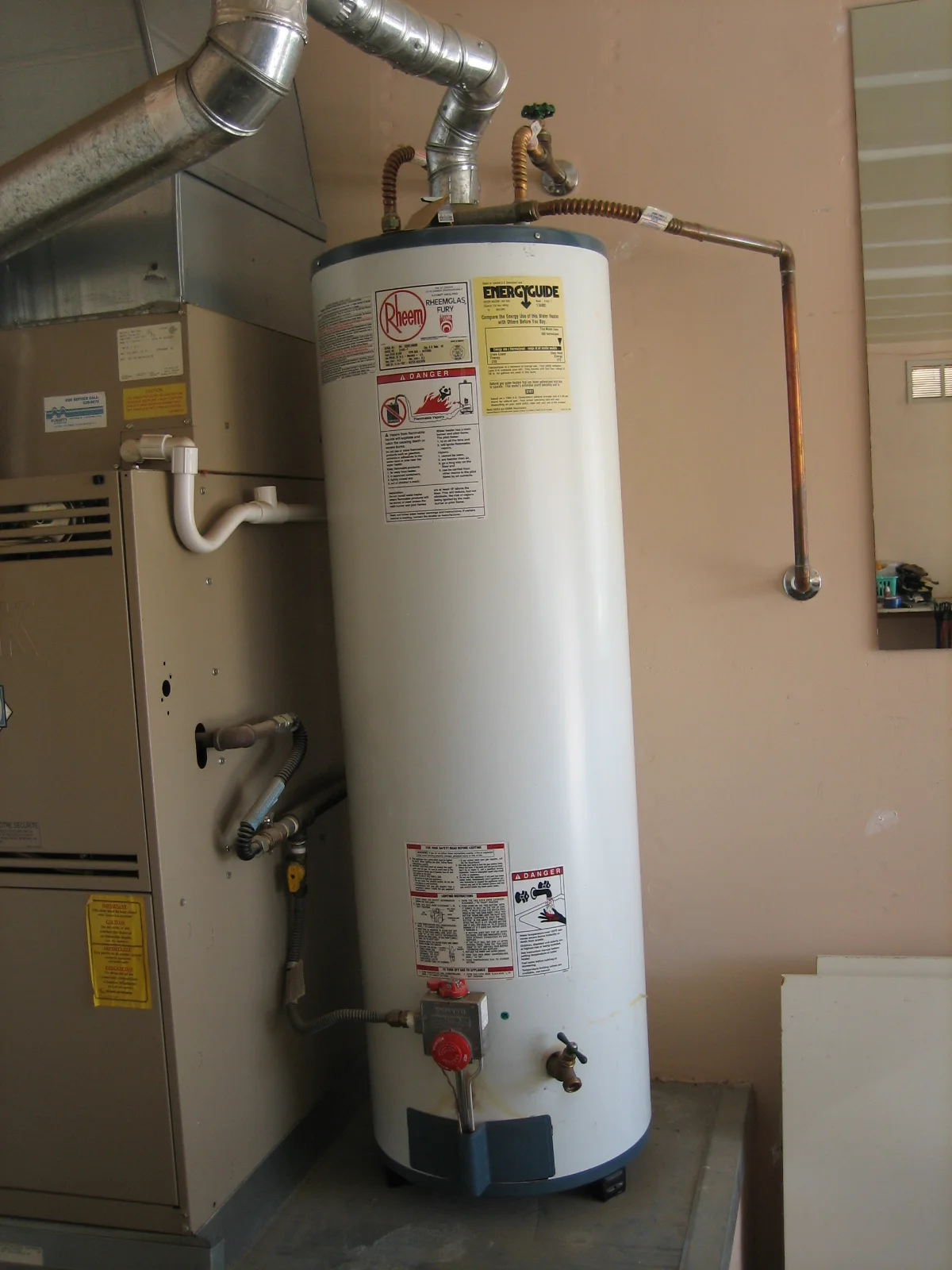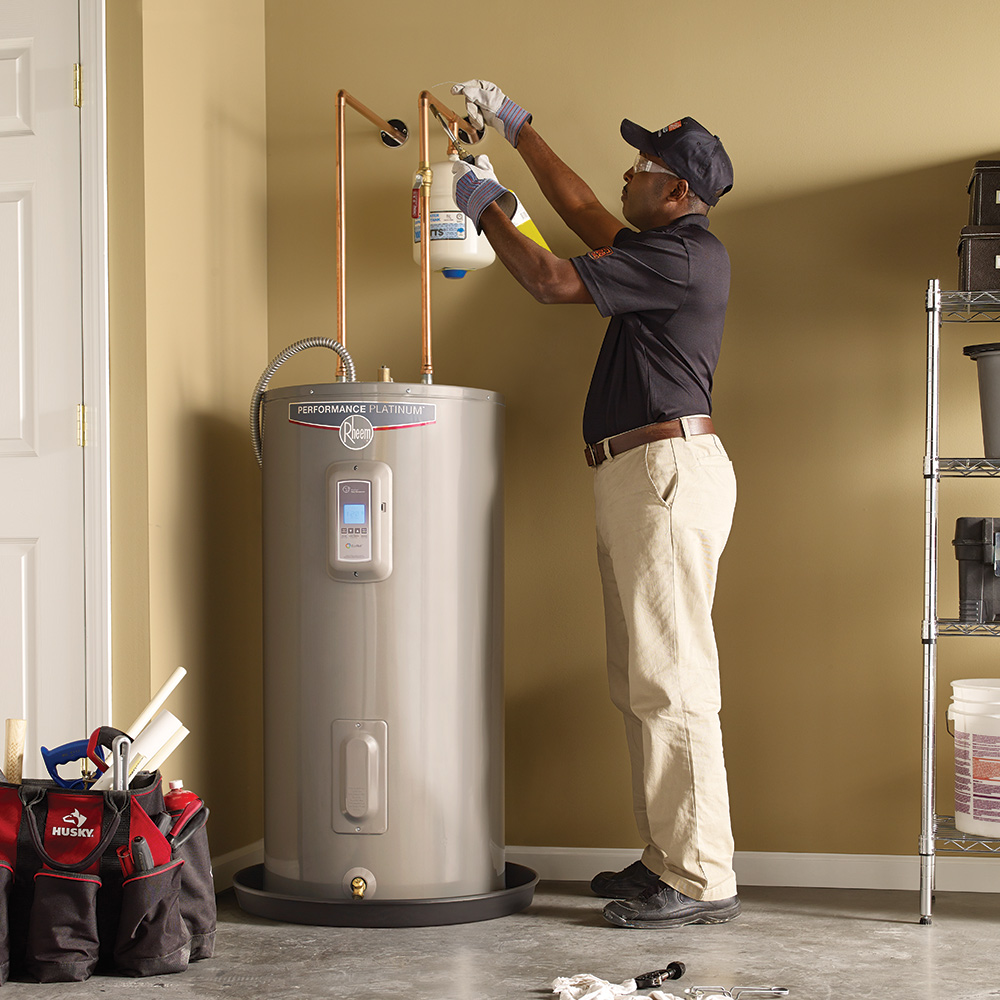Caring for Your Home's Hot Water System: Important TipsWays to Maintain Your Home's Hot Water System Functioning Well
Caring for Your Home's Hot Water System: Important TipsWays to Maintain Your Home's Hot Water System Functioning Well
Blog Article
Right here in the next paragraphs you'll find a bunch of superb ideas on the subject of How to Maintain a Hot Water Heater in a Few Simple Steps.

Hot water is necessary for daily convenience, whether it's for a rejuvenating shower or cleaning dishes. To guarantee your warm water system runs efficiently and lasts longer, regular maintenance is crucial. This write-up provides practical suggestions and understandings on just how to maintain your home's warm water system to stay clear of disruptions and expensive fixings.
Introduction
Preserving your home's hot water system may appear daunting, but with a few basic actions, you can ensure it operates smoothly for several years to find. This overview covers every little thing from understanding your hot water system to DIY maintenance ideas and recognizing when to call in professional help.
Significance of Preserving Your Warm Water System
Normal maintenance not only extends the life expectancy of your warm water system yet additionally ensures it runs successfully. Neglecting maintenance can result in reduced effectiveness, greater power costs, and also early failing of the system.
Signs Your Hot Water System Needs Upkeep
Knowing when your hot water system needs attention can prevent major concerns. Look out for signs such as inconsistent water temperature, unusual noises from the heater, or corroded water.
Recognizing Your Warm Water System
Prior to diving into maintenance tasks, it's handy to recognize the standard parts of your warm water system. Commonly, this includes the water heater itself, pipes, anode rods, and temperature controls.
Monthly Upkeep Tasks
Normal regular monthly checks can assist catch minor concerns prior to they rise.
Purging the Hot Water Heater
Flushing your hot water heater gets rid of debris accumulation, enhancing efficiency and prolonging its life.
Checking and Changing Anode Rods
Anode poles stop corrosion inside the container. Evaluating and replacing them when worn out is crucial.
Evaluating and Readjusting Temperature Settings
Changing the temperature settings makes certain optimum performance and safety and security.
Do It Yourself Tips for Upkeep
You can do several upkeep tasks yourself to maintain your warm water system in top problem.
Checking for Leakages
Consistently check pipes and links for leaks, as these can lead to water damages and greater bills.
Examining Pressure Alleviation Valves
Examining the pressure safety valve ensures it functions properly and avoids excessive stress accumulation.
Insulating Pipelines
Protecting warm water pipes reduces warmth loss and can save power.
When to Call a Professional
While do it yourself upkeep is beneficial, some concerns need professional expertise.
Facility Concerns Requiring Expert Assistance
Examples consist of major leaks, electrical troubles, or if your water heater is consistently underperforming.
Routine Professional Upkeep Perks
Specialist maintenance can consist of extensive examinations, tune-ups, and ensuring conformity with safety criteria.
Conclusion
Normal maintenance of your home's hot water system is crucial for effectiveness, longevity, and price savings. By adhering to these suggestions and understanding when to seek professional aid, you can guarantee a trustworthy supply of hot water without unforeseen disruptions.
Water Heater Maintenance: The Basics
Maintaining your water heater will ensure it operates efficiently and has a longer lifespan. Neglecting regular maintenance can lead to costly repairs and an even bigger chunk of your savings if you have to replace it sooner than necessary. But there’s good news: Most water heater maintenance tasks are relatively simple and easy for homeowners with basic DIY skills.
Flush the Water Heater
Over time, sediment and minerals can build up in the tank, reducing its efficiency and potentially causing damage. To flush the tank, turn off the power or gas supply, attach a hose to the drain valve near the bottom and open the valve to drain the water until it runs clear. Ideally, flush the tank annually.
Replace the Anode Rod
The anode rod is a sacrificial metal rod that helps prevent corrosion inside the tank. Inspect and replace it every three to five years or per the manufacturer's recommendation. To replace the anode rod, turn off the power or gas supply, drain a few gallons of water from the tank, unscrew the old rod and replace it with a new one. If the anode rod is significantly corroded or covered in calcium buildup, it's a sign the water heater may need to be replaced soon.
Tune-Up
A yearly tune-up can help identify potential issues and ensure your water heater operates at peak efficiency. This typically involves checking the thermostat, burner assembly (for gas heaters) and any other components specified by the manufacturer. During a tune-up, the technician may also clean the burner and adjust the pilot light (for gas heaters) or examine the heating elements (for electric heaters).
How to Maintain Your Water Heater
Insulate the tank. Insulating the tank can improve energy efficiency and reduce heat loss, saving you money on energy bills. You can purchase precut insulation blankets designed specifically for water heaters or use standard fiberglass insulation wrapped securely around the tank. Check the temperature. The recommended water temperature for most households is around 120 degrees Fahrenheit (49 degrees Celsius). Higher temperatures can increase energy costs and potentially cause scalding. Use a kitchen thermometer to check the temperature at the faucet nearest the water heater. Monitor water pressure. Excessive water pressure can strain the water heater and cause leaks or even tank failure. Install a pressure-reducing valve if necessary. The ideal water pressure range is between 60 and 70 PSI (pounds per square inch). Test the temperature and pressure (T&P) relief valve. The T&P relief valve is a safety feature that releases pressure if the tank gets too hot or the pressure builds up too high. Test it annually by lifting the lever and allowing a small amount of water to release. Replace the valve if it doesn't release water or reseal properly. Check for leaks. Regularly inspect the tank, pipes and fittings for leaks or corrosion. Deal with issues promptly to prevent further damage. Even a small leak can lead to significant water damage over time. Consider a tankless water heater. If your traditional tank-style water heater is nearing the end of its lifespan ( typically 10 years), consider replacing it with a tankless water heater. These units heat water on demand, reducing standby energy losses and potentially saving you money on your energy bills. Schedule professional maintenance. While homeowners can perform many water heater maintenance tasks, it's still a good idea to schedule professional maintenance every few years. A plumber or HVAC technician can thoroughly inspect the unit, identify potential issues and ensure it operates safely and efficiently. https://www.homeserve.com/en-us/blog/home-improvement/hot-water-heater-maintanence/

I stumbled upon that review about Tips on Maintaining a Water Heater when doing a lookup on the search engines. Do you know another individual who is occupied with the subject? Feel free to share it. Bless you for your time. Please come visit our blog back soon.
Find Out More Report this page